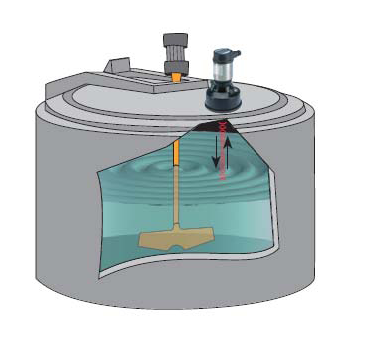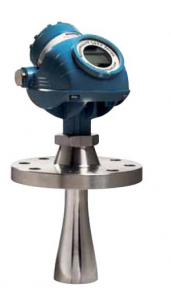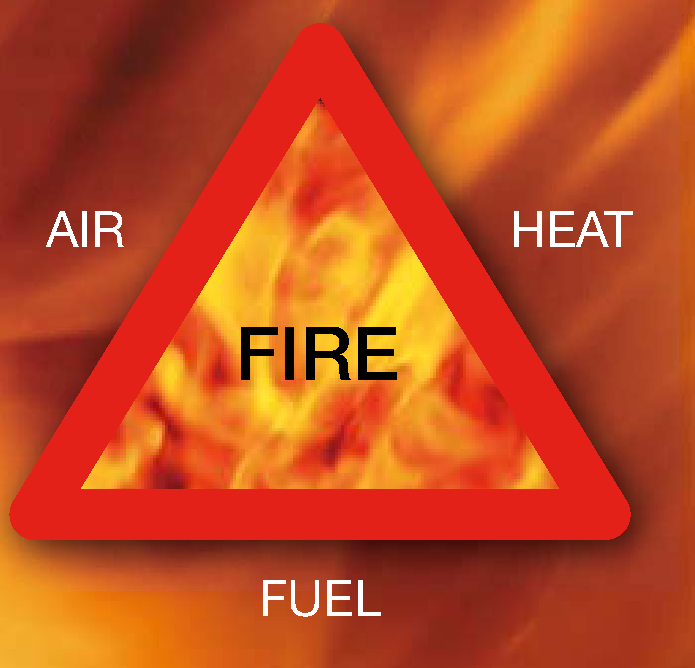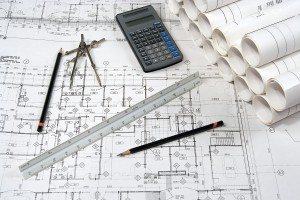Effective level measurement tools allow reliable and continuous operations by maintaining material inventory and by maximizing plant availability and reliability through the prevention of spillages or other process disturbances.
There are various types of level measurements tools. They generally fall in two (2) major groups:
Point level measurement devices
They monitor material level at a preset point, which could be either a low level (in order for example to avoid the danger of a pump running dry) or a high level (in order to avoid a spillage or leakage)
Continuous measurement devices
They monitor material level continuously, keeping note of any fluctuations.
Types of level measurement devices
Most common types of level measurement technologies in use nowadays are briefly described below:
Electromechanical level measurement tools
A motor-operated paddle inside a vessel is rotating until its sensor becomes covered with liquid or solid material. The same principle is valid also for the vibrating forks, which are able to detect the presence of material as their vibration speed slows. Electromechanical designs are low-maintenance and cost effective. Electromechanical devices are mostly found with solids materials such as pellets, rubber, fertilizers etc.
Mechanical float type level gauges
This is perhaps the most simple, inexpensive and simple to install method. A float is connected with a rod that is mounted to a tank wall and linked to a switch. As the level fluctuates, the switch opens and closes accordingly. Major disadvantages of the mechanical floats are the following: firstly, float must be recalibrated in case the density of the liquid changes and secondly, foreign material can buildup on the float, thus impeding its reliable operation.
Differential pressure - level measurement
The high pressure side of a differential-pressure instrument is typically connected to the bottom of the tank, while the low pressure side is connected to the vapor space at the top of the tank. The measured pressure differential corresponds to the pressure of the liquid column of the tank. If the fluid density remains constant, this measurement method yields a true level reading. In case of pressurised vessels, differential pressure measurement devices require a sealing fluid. Typical applications: water tanks-vessels.
Capacitance level measurement devices
These typically consist of two (2) parallel conductive plates that are separated by a proper insulator. A metal probe (measurement electrode) senses the amount of present material by measuring the difference in the probe's capacitance when either air or material is present inside the vessel. A second reference electrode is also included in order to close the circuit and allow current flow. Capacitance measurement devices are generally easy to install and have no moving parts, thus minimising maintenance costs. On the other hand, any changes due to temperature or chemical composition of the material inside the vessel will alter the dielectric properties, thus resulting to errors and the need for recalibration. Typical applications for capacitance level measurement tools: acids, caustics, aromatic compounds, adhesives etc
Ultrasonic level measurement devices
Ultrasonic devices employ a piezoelectric crystal stored inside a transducer. Sound energy is released towards the material and reflected back to the transducer, which converts the sound energy back to an electric signal. A proper signal processor then analyses this echo and calculates the distance between the target (material level) and the transducer, taking into consideration that the time lapse between the initiation of the sound signal and its return back is proportional to the distance between the target and the transducer. Ultrasonic technology is mainly used for continuous level measurements. Ultrasonic devices are easy to install, have no moving parts and are not in contact with the vessel material. Thus, materials compatibility issues are avoided. One of the disadvantages of this technology is that foreign particles like dust or vapour can affect the reliability and accuracy of the ultrasonic device. Typical application for ultrasonic type level measurement tools: chemical storage tanks, rain water - sewage water open basins, sludge containers of treatment plants etc
Picture 1- Vessel with agitator and ultrasonic level measurement device (on the right)
Radar type level measurement
Radar devices transmit an electromagnetic wave towards the material. The overall transit time to and from the target (material level) is calculated and directly related to the distance in betweenm taking into consideration that the difference between the transmitter and receiver frequency is directly proportional to the distance covered. Use of electromagnetic wave presents the advantage that the signal is not affected by environmental factors such as temperature, humidity, pressure, vapor, dust or others. Typical applications: chemicl bulk-storage vessels, slurries and sludges, sterile applications, sticky,viscous and crystallizing products, underground tanks etc.






